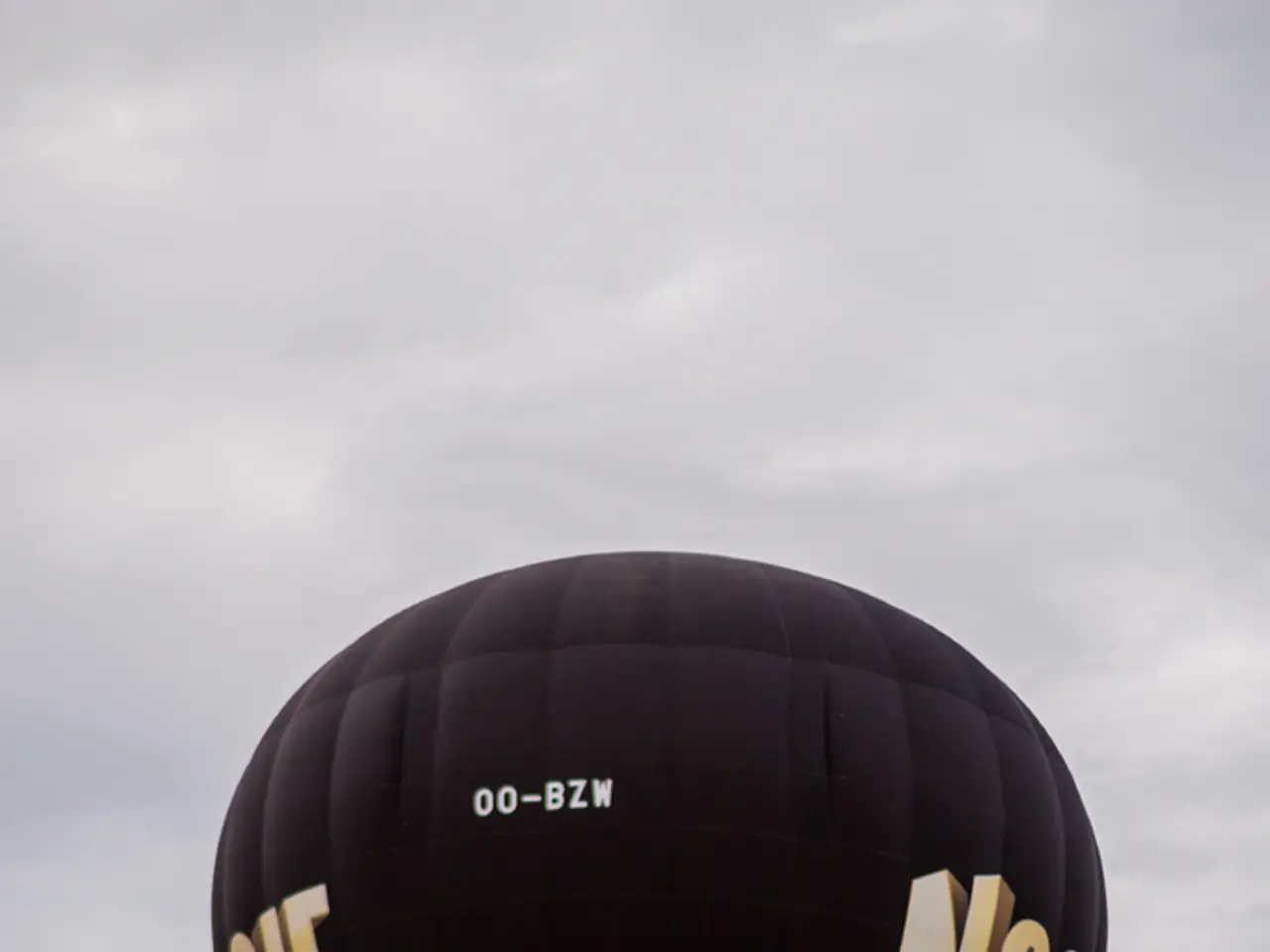NASA Plans to Monitor Earth's Gravity Using a Cloud of Atoms in Orbit
In an exciting leap forward for space exploration, NASA's Jet Propulsion Laboratory (JPL) is developing a groundbreaking technology called the Quantum Gravity Gradiometer Pathfinder (QGGPf). This innovative device harnesses the power of quantum physics to measure subtle variations in gravitational acceleration with unprecedented precision[1][2][4].
The QGGPf employs ultra-cold atoms, cooled to near absolute zero, manipulated by lasers. In this quantum state, the atoms' wave-like properties become highly sensitive to gravity. By measuring the phase shifts these atoms experience, the QGGPf can detect differences in gravity as small as (10^{-15} \, \text{m/s}^2) over short distances, surpassing the sensitivity of classical instruments[2].
This quantum-enhanced sensing technology offers several significant advantages. For one, it provides an unprecedented precision in detecting subsurface features, revealing hidden resource deposits such as water aquifers and hydrocarbons[1]. Additionally, it offers a more comprehensive understanding of Earth's dynamic geological environment, aiding in resource management and addressing environmental challenges[1][2][4].
The compact and lightweight design of the QGGPf makes it suitable for satellite deployment, enabling global and planetary observations without the complexity of large traditional arrays[1][2][4]. This could potentially extend beyond Earth, helping reveal underground structures and resources on other planets, contributing to planetary exploration and future resource utilization[1].
Sheng-wey Chiow, a physicist involved in the project, highlighted the repeatability and precision in measurements that QGGPf's use of quantum physics ensures[3]. Jason Hyon, chief technologist for Earth Science at JPL, even suggested that QGGPf could determine the mass of the Himalayas using atoms[3].
Despite its small size, the QGGPf is a powerful instrument. It compares the fall of two clouds of ultra-cold atoms to detect gravitational anomalies. Its primary mission is to test the technology in space, as no one has flown a similar device before[3]. If QGGPf performs as expected, it could revolutionize the way we map distant worlds[3].
Ben Stray, a JPL postdoc, emphasized the need to test QGGPf in space to understand its full capabilities[3]. The QGGPf's potential applications include mapping our own planet with unprecedented detail and changing the way we explore the interiors of distant worlds.
The QGGPf is scheduled to launch by the end of the decade[1]. If successful, this quantum-powered device could transform our understanding of the universe and pave the way for a new era of exploration.
References:
- NASA's Quantum Gravity Gradiometer Pathfinder
- Quantum Gravity Gradiometer Pathfinder: A New Sensor for the Space Age
- Interview with Sheng-wey Chiow and Jason Hyon on the Quantum Gravity Gradiometer Pathfinder
- Quantum Gravity Gradiometer Pathfinder: A Game Changer for Planetary Exploration
- The Quantum Gravity Gradiometer Pathfinder (QGGPf), a groundbreaking technology developed by NASA's Jet Propulsion Laboratory (JPL), could revolutionize space exploration and Earth-science by detecting subsurface features with unparalleled precision, potentially revealing hidden resources like water aquifers and hydrocarbons.
- Jason Hyon, chief technologist for Earth Science at JPL, envisions the QGGPf's potential expansion beyond Earth, helping identify underground structures and resources on other planets, aiding planetary exploration and future resource utilization.
- In addition to its applications on Earth and other planets, the QGGPf's unique capabilities may extend to the realm of space-and-astronomy, allowing for unprecedented precision in mapping distant worlds, thereby changing our understanding of their interiors.
- Sheng-wey Chiow, a physicist working on the project, believes that the QGGPf's use of quantum physics ensures repeatable and precise measurements, with the potential to determine the mass of Earth's landforms—such as the Himalayas—using atoms.




